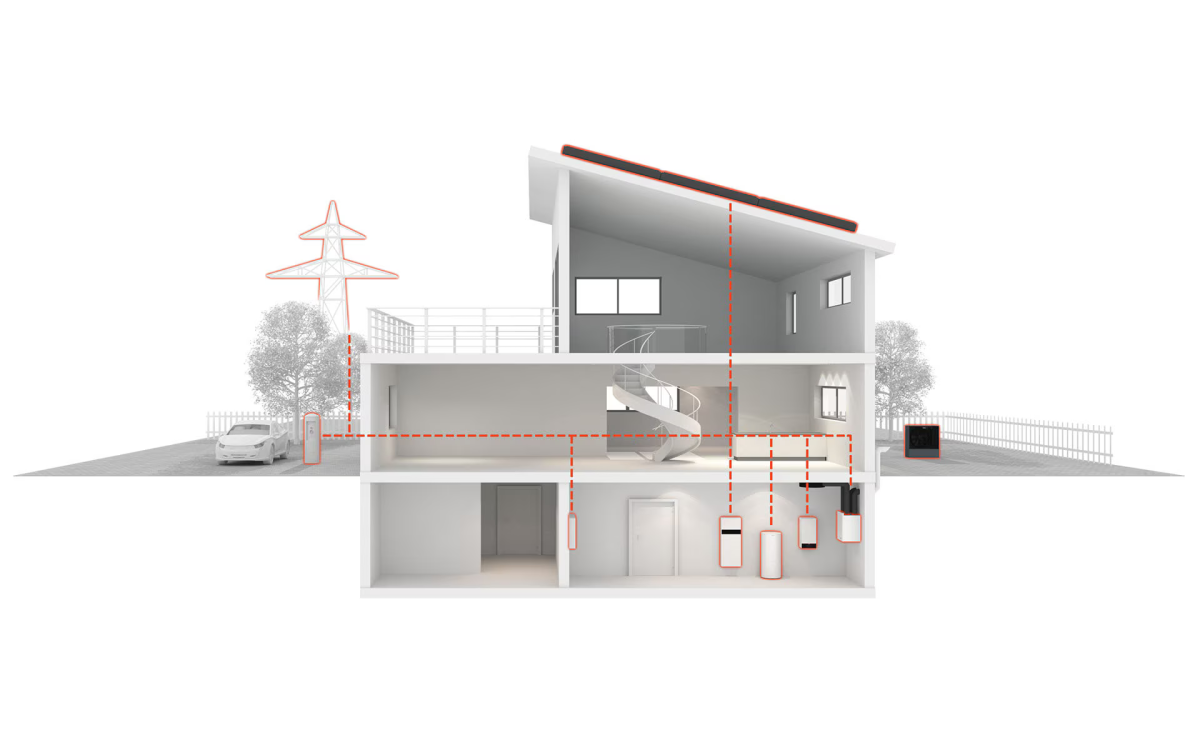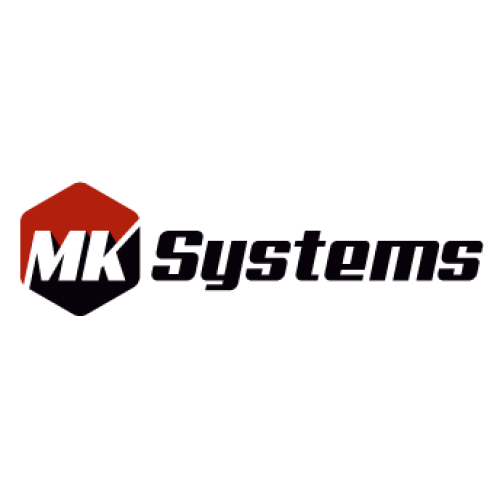Smart Home - intelligent home
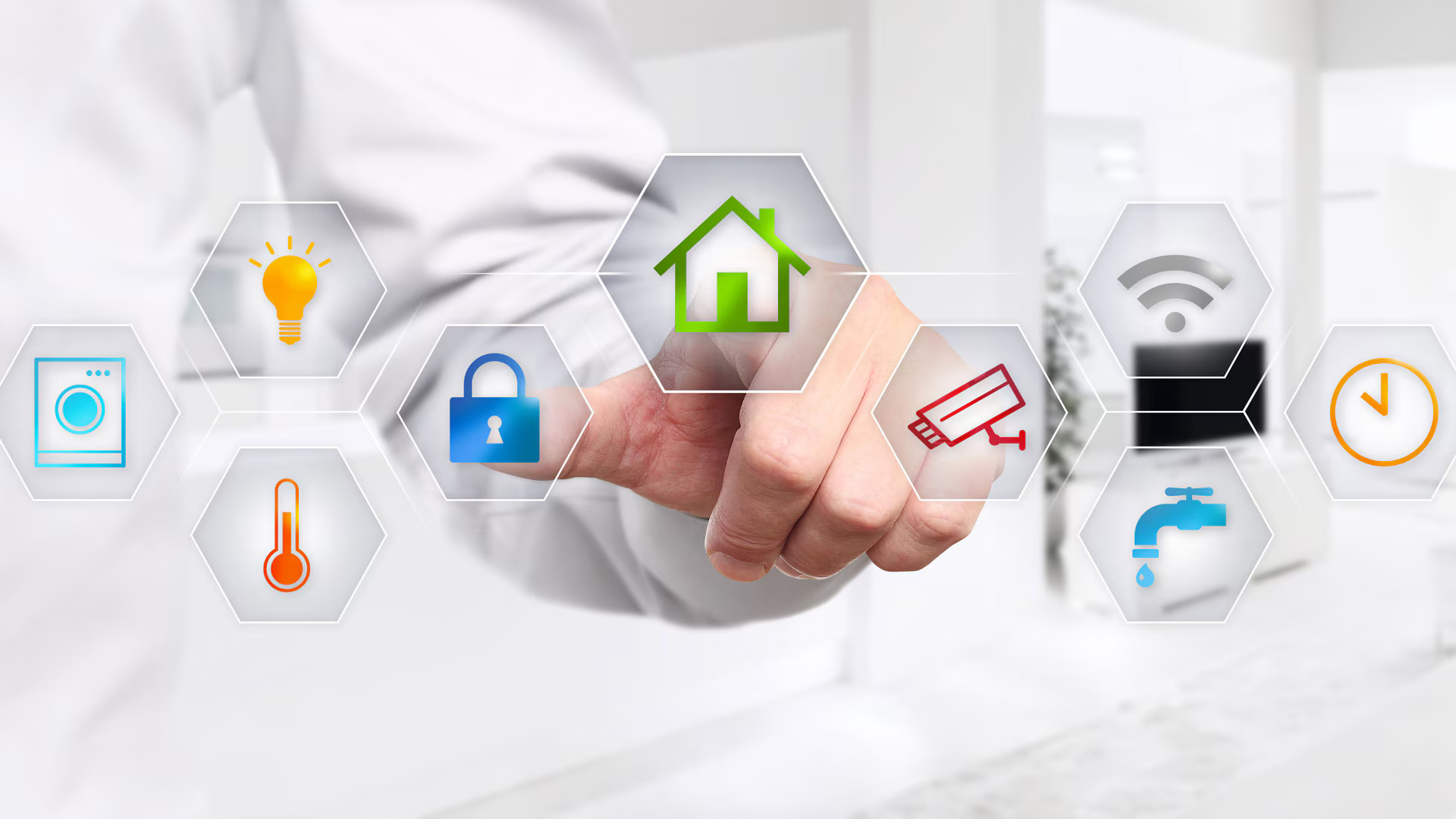
Photo: © visivastudio | Shutterstock.com
Smart Home - intelligent house
When talking about digitalization, one term is mentioned repeatedly: Smart Home. It is a term without a clear definition. Most people understand a smart home to be an intelligent house where objects communicate with each other and can be controlled using web-connected mobile devices such as smartphones, tablets, and voice assistants. However, it is much more than that. A smart home also allows for optimal measurement and observation of things like energy flows over time. This can help you identify potential savings. But how does a smart home actually work and how can heating systems be integrated into it?
What is a Smart Home? Function simply explained
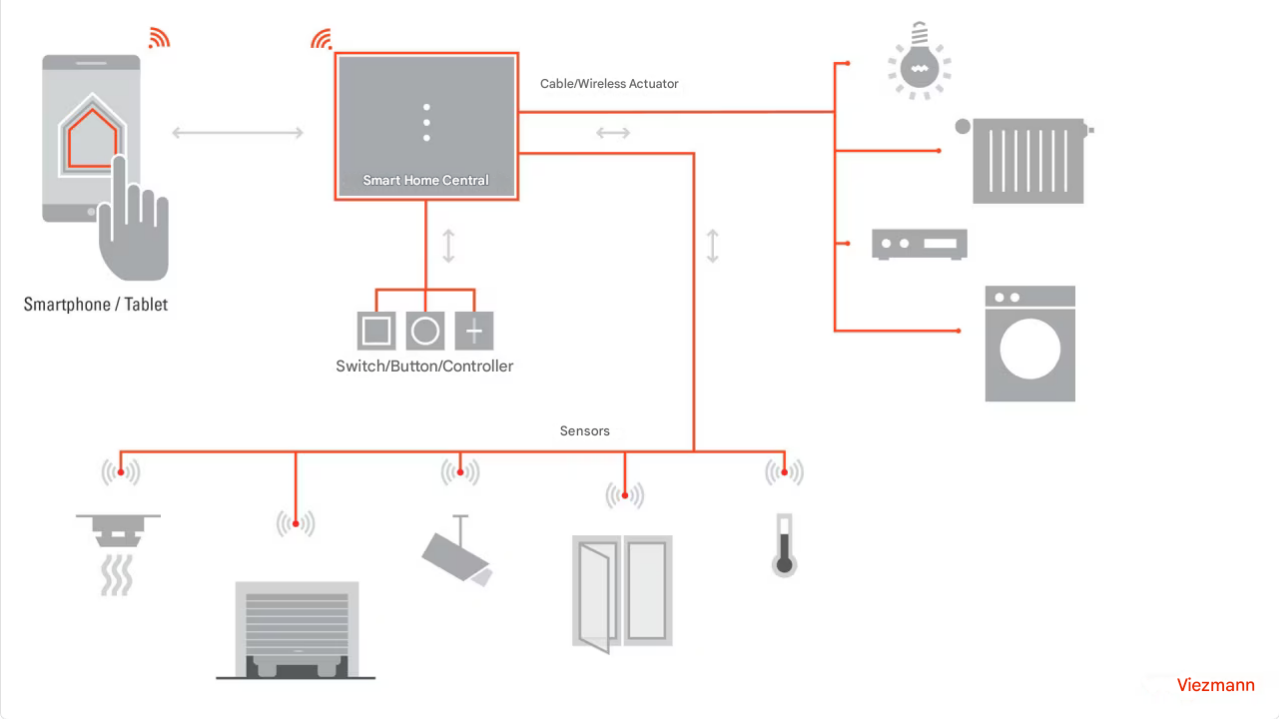
Input: The app is launched via smartphone or tablet. The user interface opens and numerous functions are displayed, including the desired temperature setting. By tapping the corresponding user interface, the app user can issue a command.
Processing: Every smart home has a smart home control center. In the case of the ViCare app, this is also called the internet interface. The command issued via WiFi (the desired temperature is to be reached) is received and processed by this control center. In addition to WiFi, Smart Home devices also use other transmission standards such as Bluetooth, Z-Wave, and KNX, which is a wired solution.
Output: After processing, the command is executed via an output device. In our example, this is the heating system, which will deliver heating water to the radiators until the specified desired temperature is reached. Depending on the output device, the user will be informed about the progress and result of the command execution.
Advantages of a Smart Home
In addition to the example mentioned above, there are other areas of application for Smart Home devices in practice, such as light bulbs, music systems, and entrance doors. Other examples include robotic vacuum cleaners, smart washing machines, surveillance cameras, and even coffee machines. In use, homeowners aim to achieve several goals, but among the most important are energy savings, greater convenience, and security.
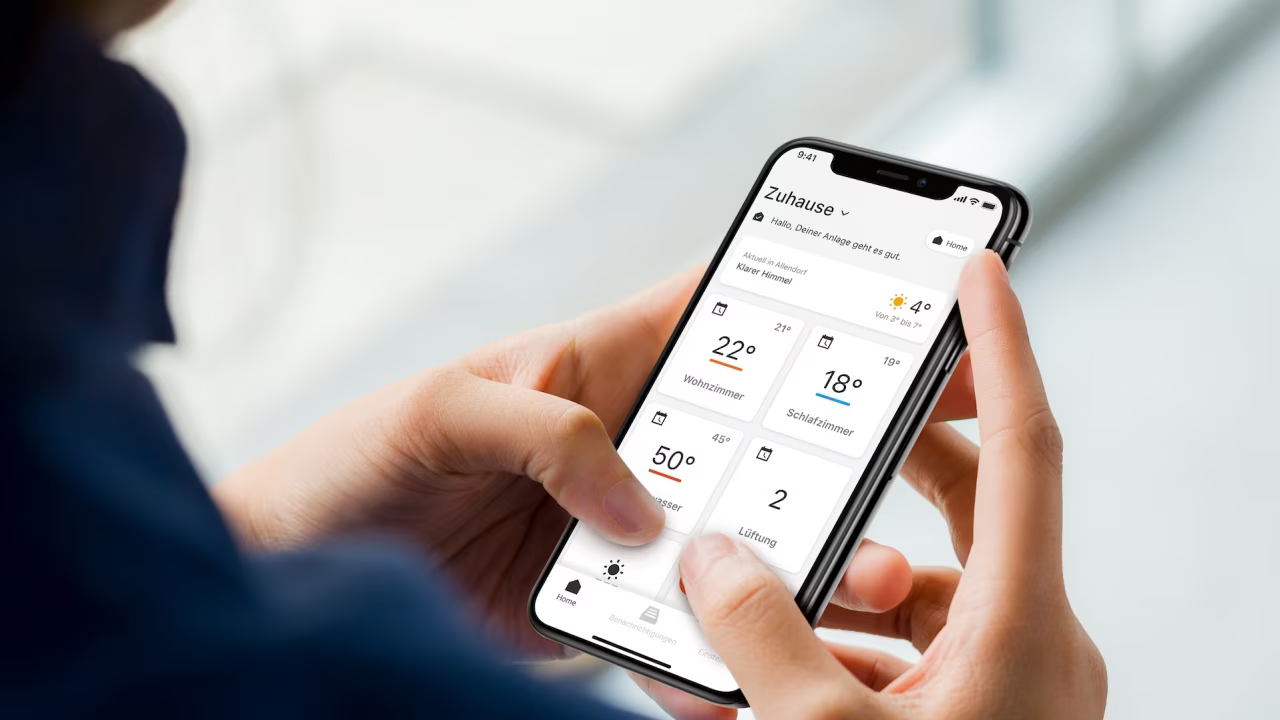
Saving energy with a smart home
There are many ways to save energy. One of them is the use of smart and efficient heating technology. Here, the savings potential is significant, as a considerable part of the energy required for a household is related to heat generation.
Viessmann smart heating systems are characterized not only by a high level of efficiency and longevity. They are also designed for use in a smart home. Because WiFi is already integrated into all current heating solutions. To control the heating system, it is only necessary to install the ViCare app. If your heating system does not yet have an integrated internet interface, you can simply add it later via Vitoconnect. This allows even older heating systems to be connected to the internet in just a few steps and converted into a digital heating system.
Smart energy management in a smart home creates optimal conditions for energy savings. Viessmann's Sales and Marketing Director (now CEO) Thomas Heim explains the advantages this offers.
Viessmann Sales and Marketing Director (now CEO) Thomas Heim on the topic of "Energy Management".
Remote control via app
Using a smartphone or tablet, system owners can intuitively control their heating system and adjust the heating output to their needs. Many modes, such as the assistant function with different switching times for each day or the movement mode, help to reduce energy costs in the long term. Energy can also be saved with an intelligent lighting system. For example, it ensures that the light is only switched on when someone is at home. If no one is at home, the light is automatically switched off.
Greater convenience thanks to remote control
In addition to cost savings, Smart Home also increases ease of use. This means that fewer manual movements are required for operation. For example, residents no longer need to turn the thermostat to set the desired temperature. To extend heating longer than planned, only one command on the smartphone is required.
For those who spend time on the go but appreciate heating comfort upon returning home, remote control with a smartphone, regardless of location and time, is the ideal solution. Alternatively, heating technology can also be combined with other Smart Home systems that support geolocation. In this case, the system uses GPS data from the connected smartphone to recognize where the residents are currently located. When they approach their smart home, the rooms are automatically heated to the desired temperature.
A program for every occasion
Lighting and entertainment systems in a Smart Home also help to increase convenience. For example, these systems allow lighting to be controlled as needed with just one command. Dimmed light for a movie night or brighter light for reading - all of this is executed with voice commands. The music system or television can also be set to play the appropriate song or program for every occasion. Commands must be set up once in advance to ensure that everything works smoothly.
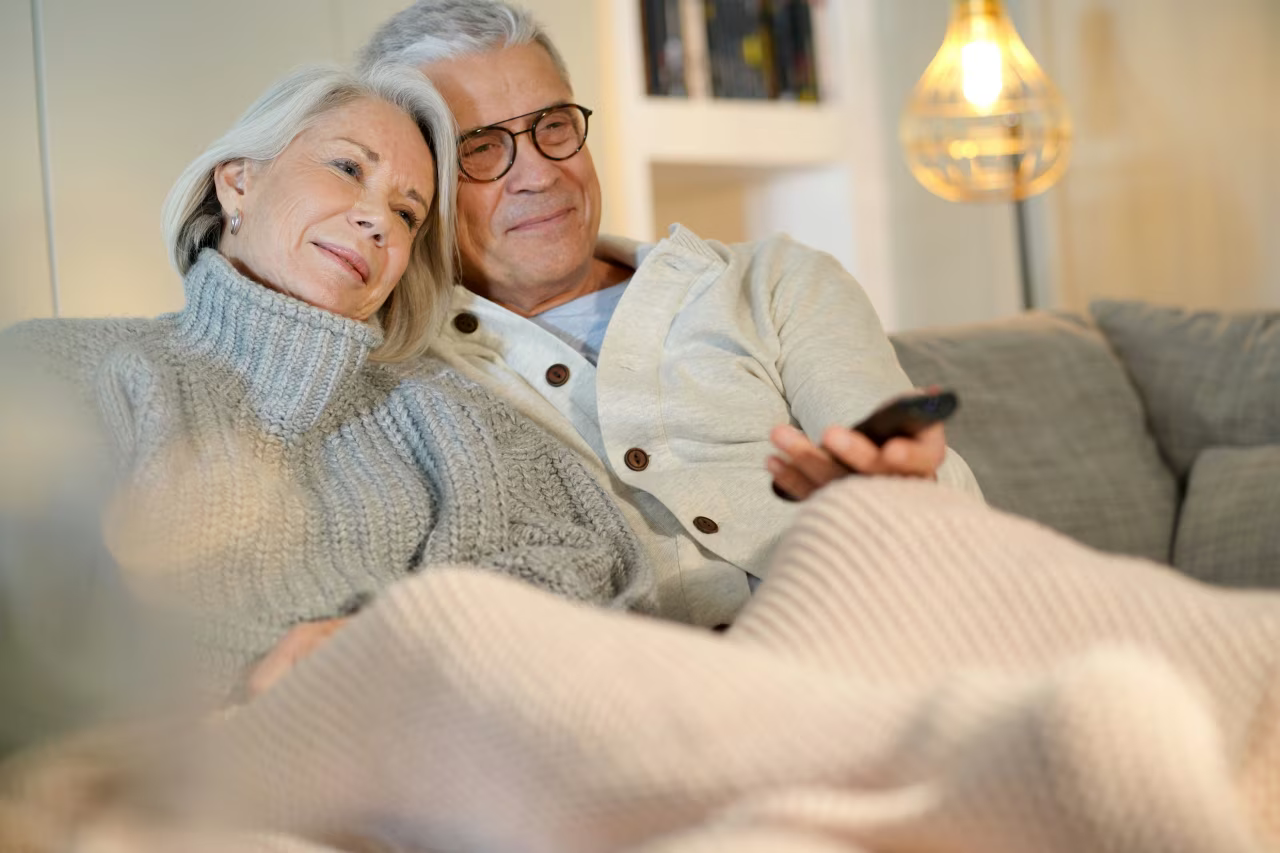
Image: © goodluz | Shutterstock.com
Security through intelligent Smart Home systems
In addition to cost savings and increased convenience, Smart Home systems, such as an intelligent, digital heating system, primarily increase operational reliability. In the case of a heating system, well-thought-out applications such as ViCare constantly inform residents and immediately notify them when action is required. For example, if maintenance is to be performed, the app's background turns yellow. If it turns red, the contact information of the service company is automatically displayed. This minimizes the risk of breakdowns during the heating season.
Additional security is also provided by other Smart Home systems. For example, doors and windows can be equipped with sensors. If an unusually rapid movement is detected, an alarm is triggered. At the same time, owners receive a message on their smartphone so they can react quickly. Surveillance cameras can also be intelligently networked. Users can activate them remotely and check if everything is in order. Intelligent lighting systems in the entrance area protect against tripping hazards and at the same time deter potential burglars.
Author: viessmann.lv


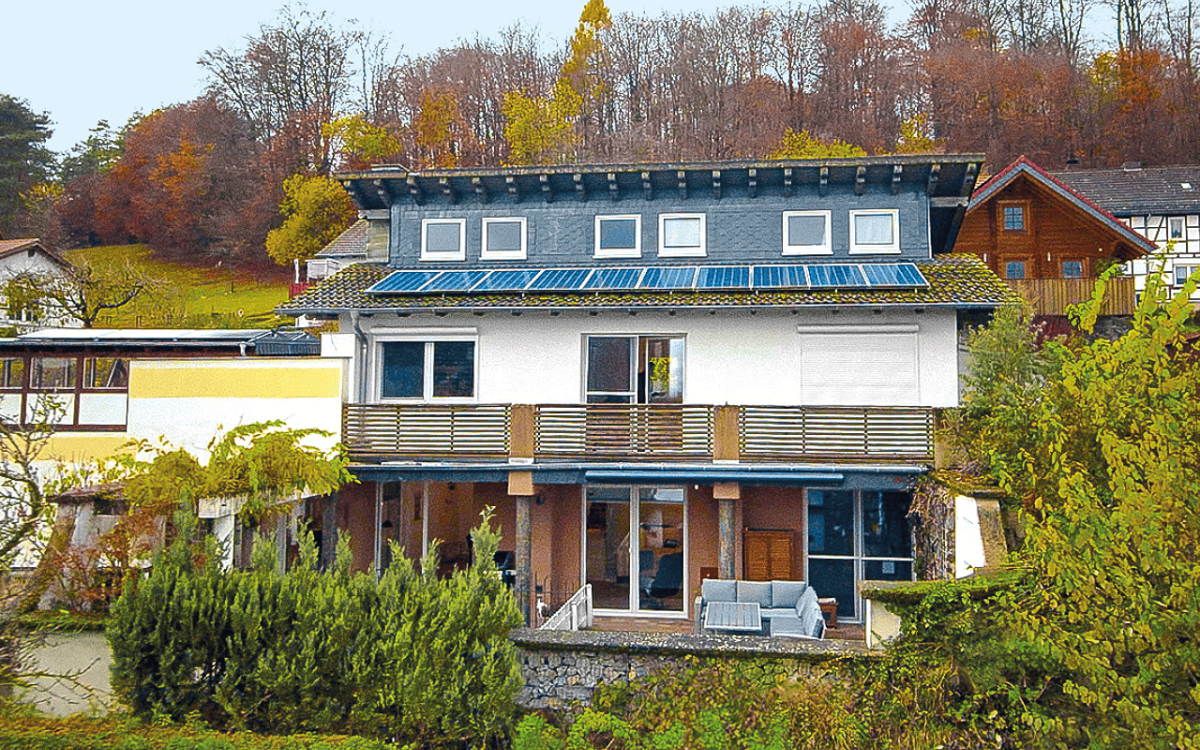
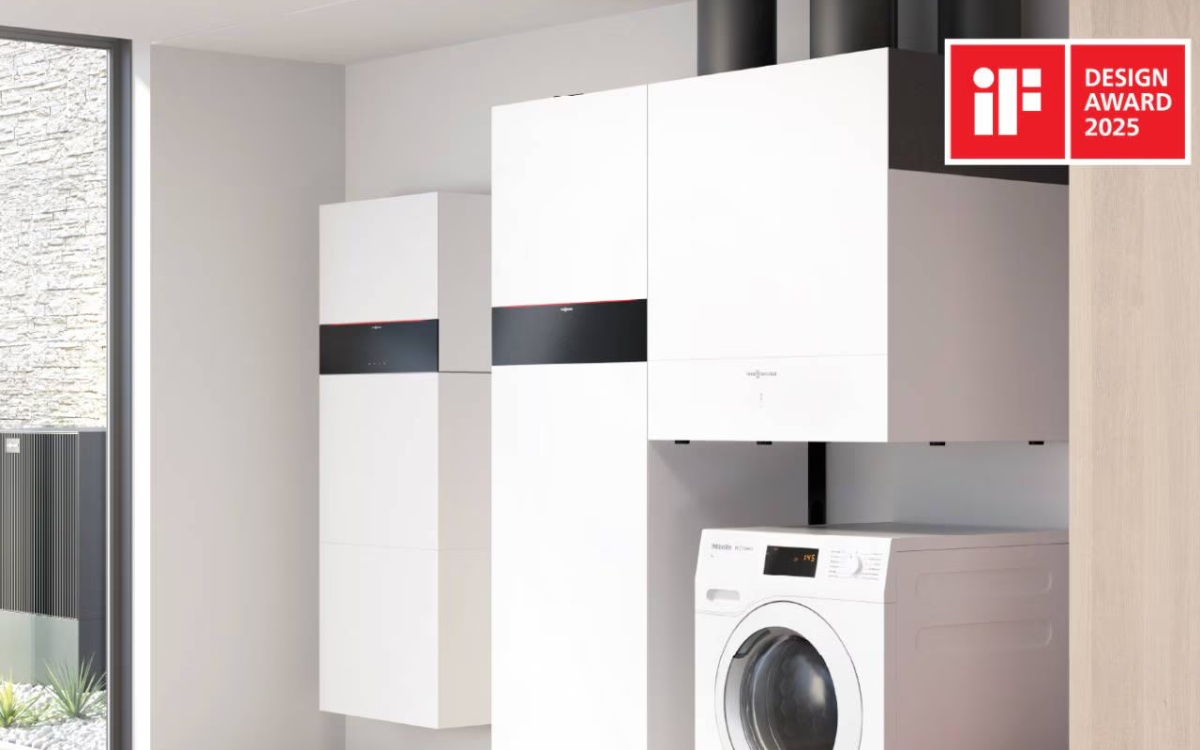

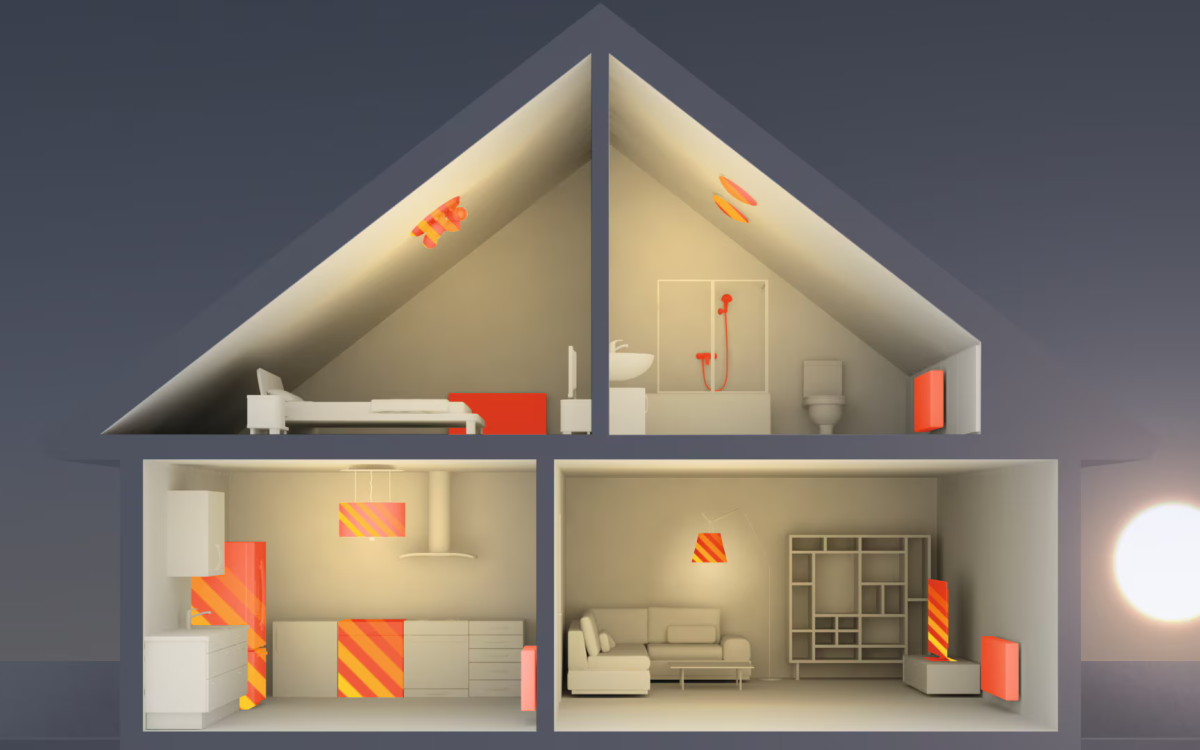
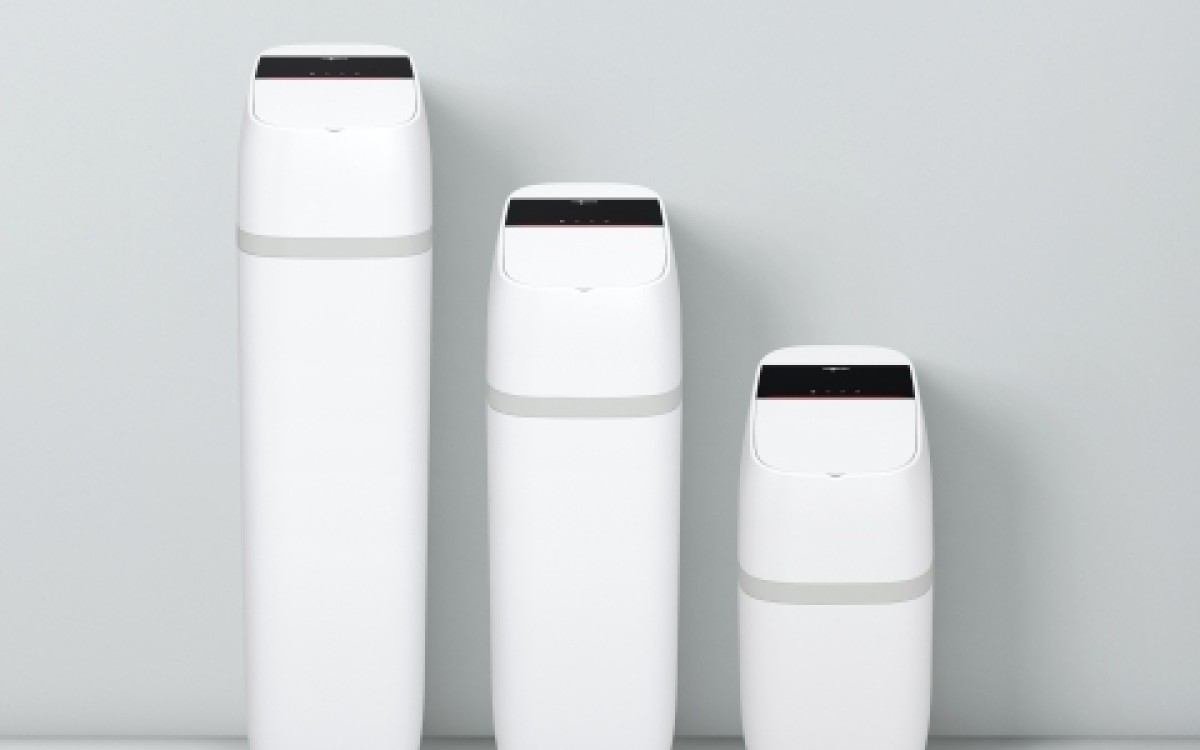
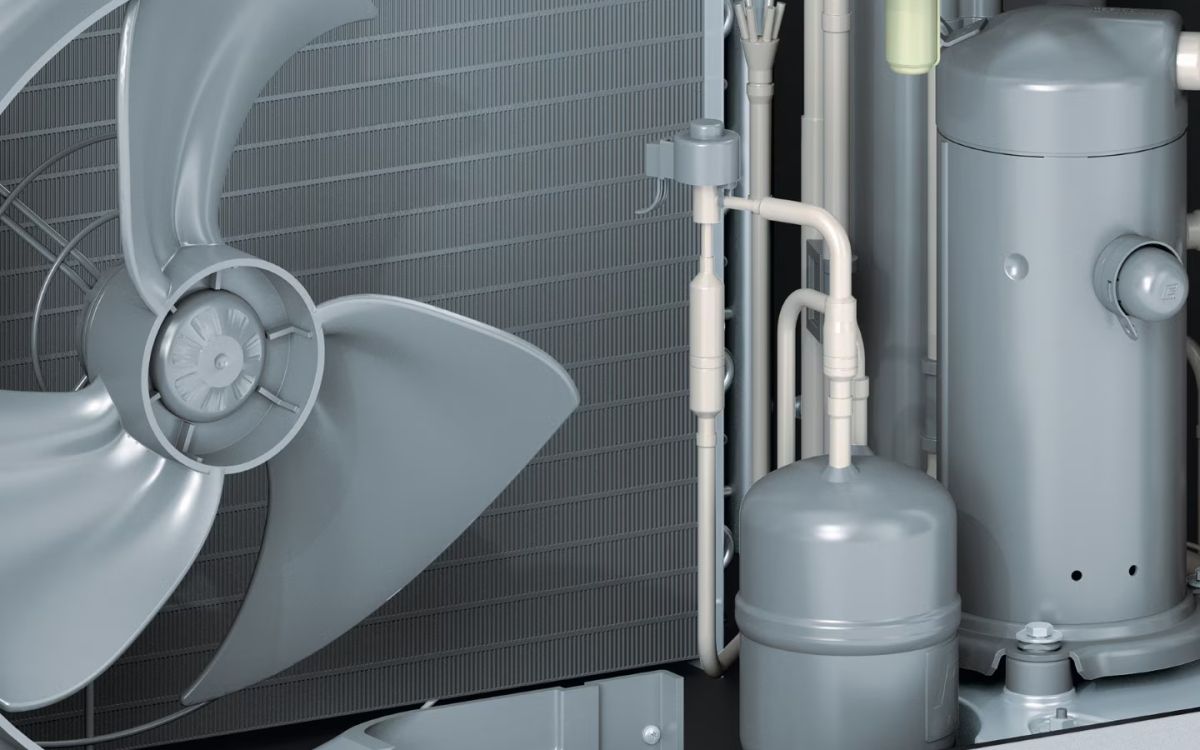
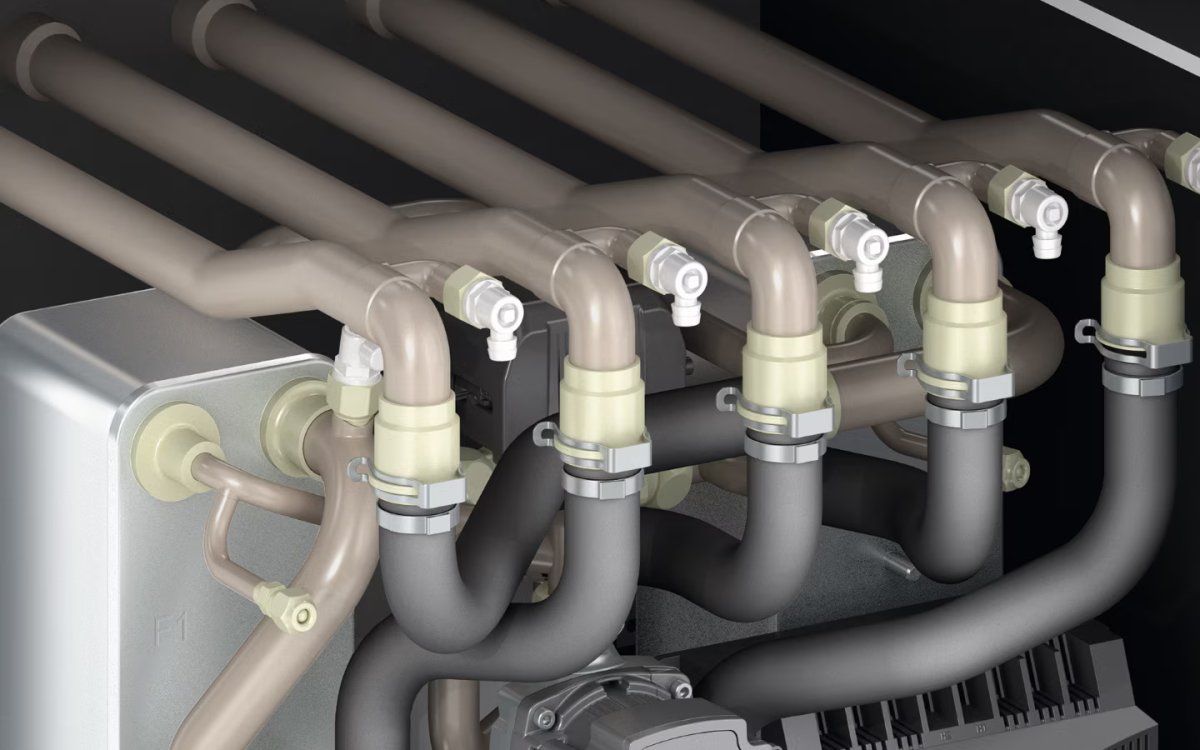
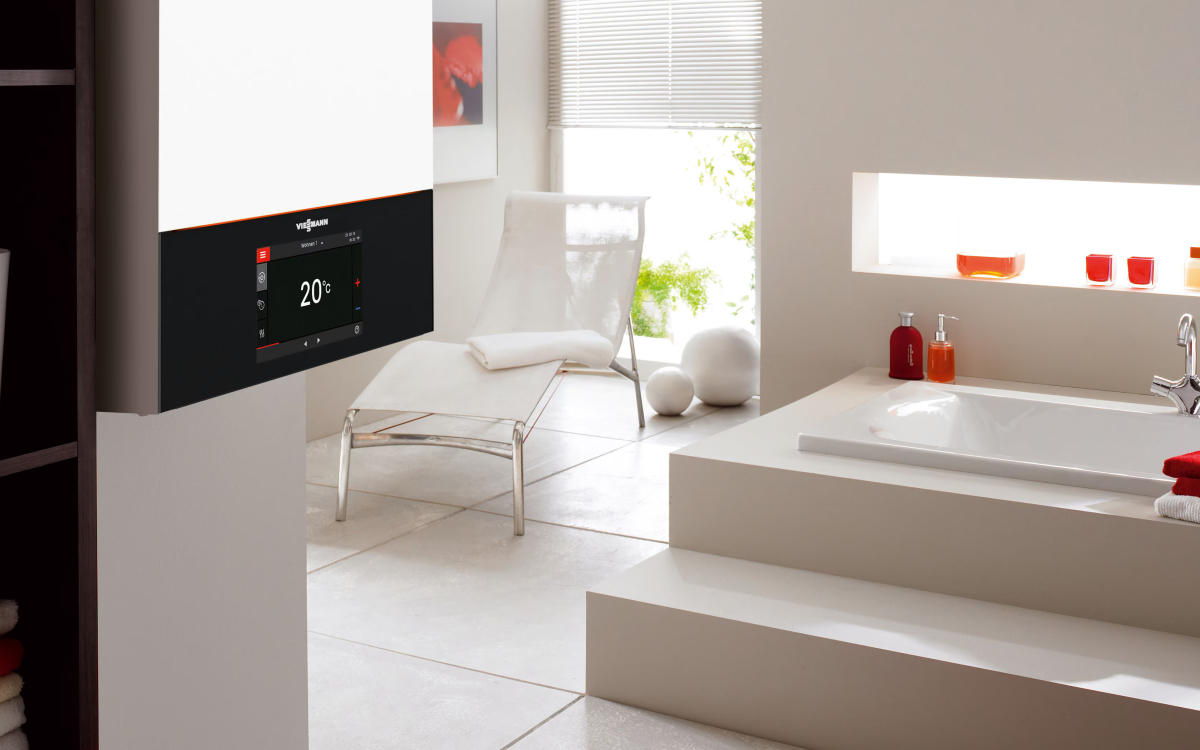
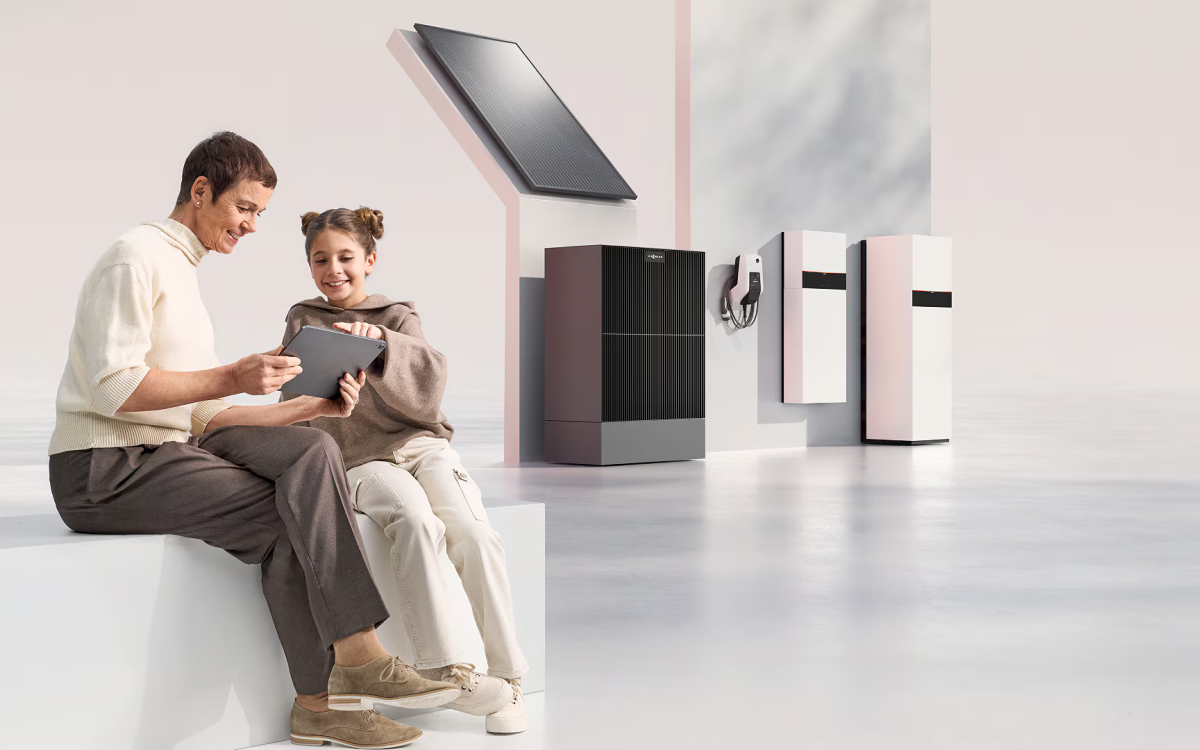
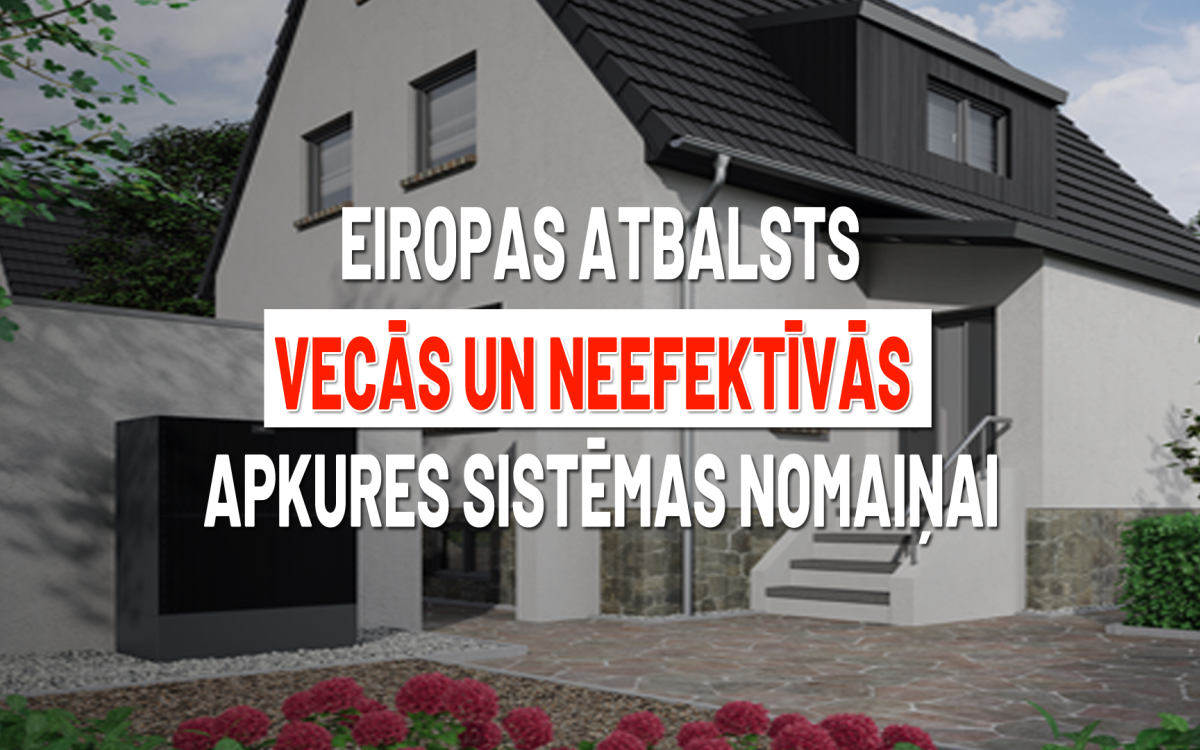
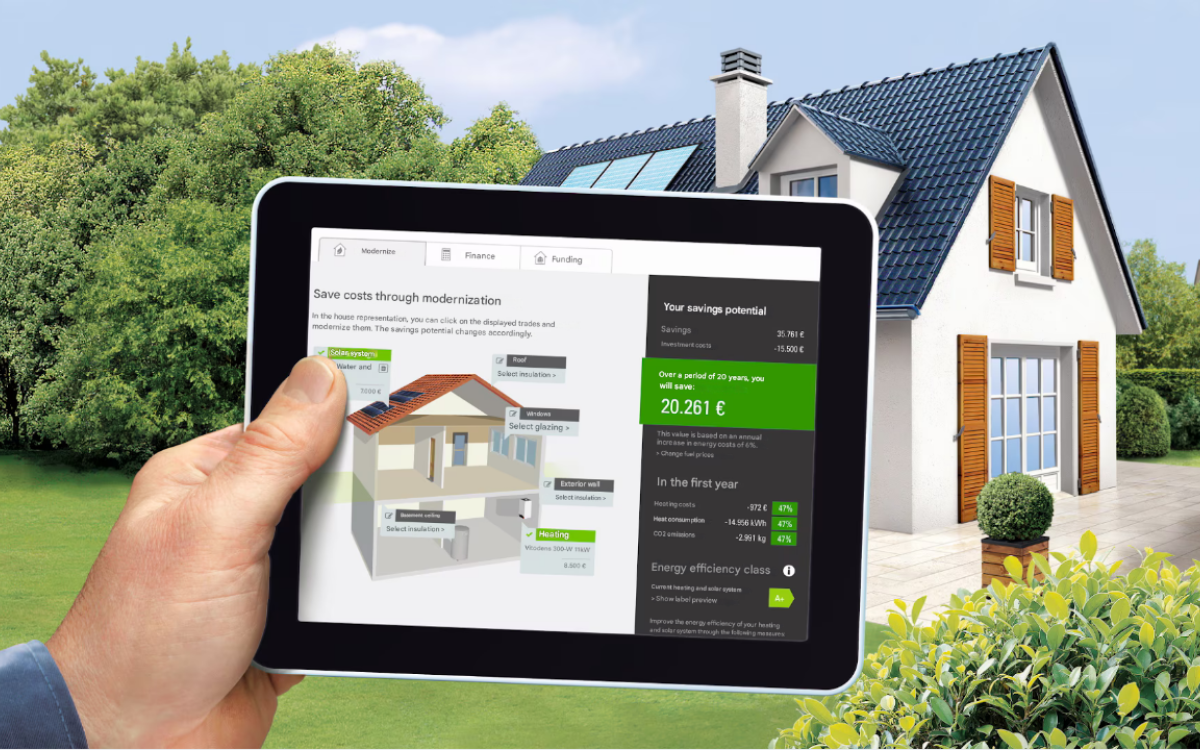
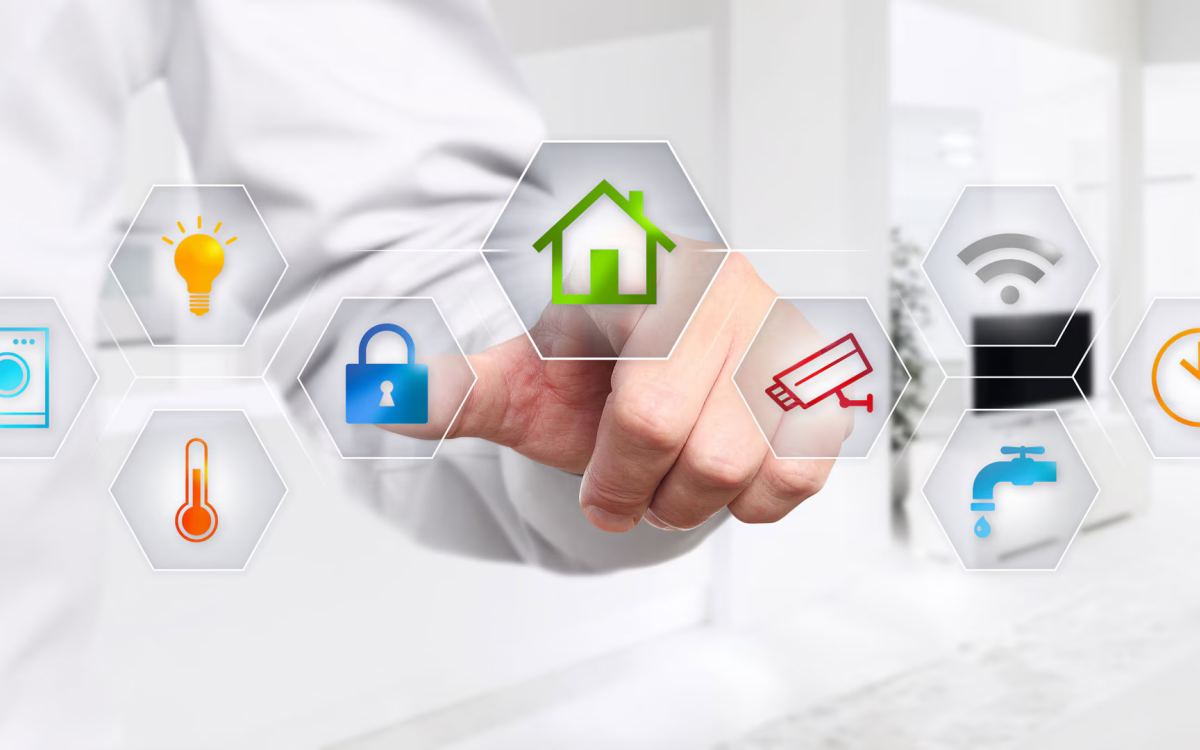
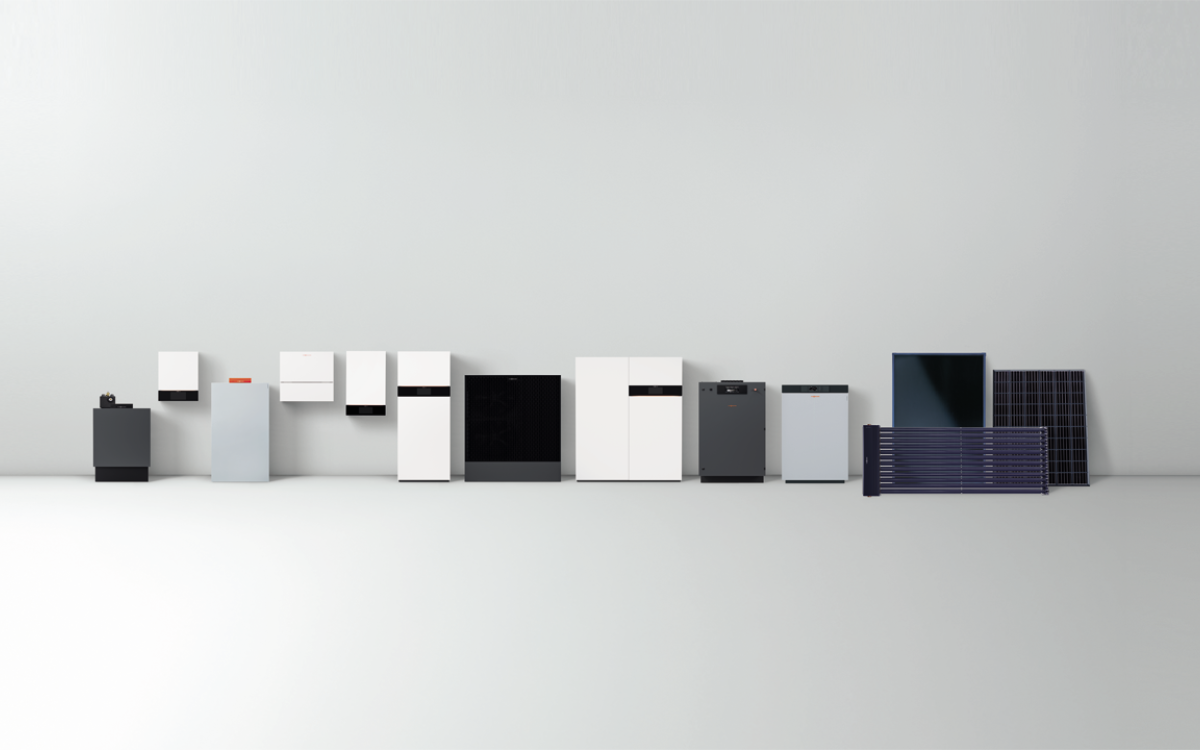
-1200x750w.png)
